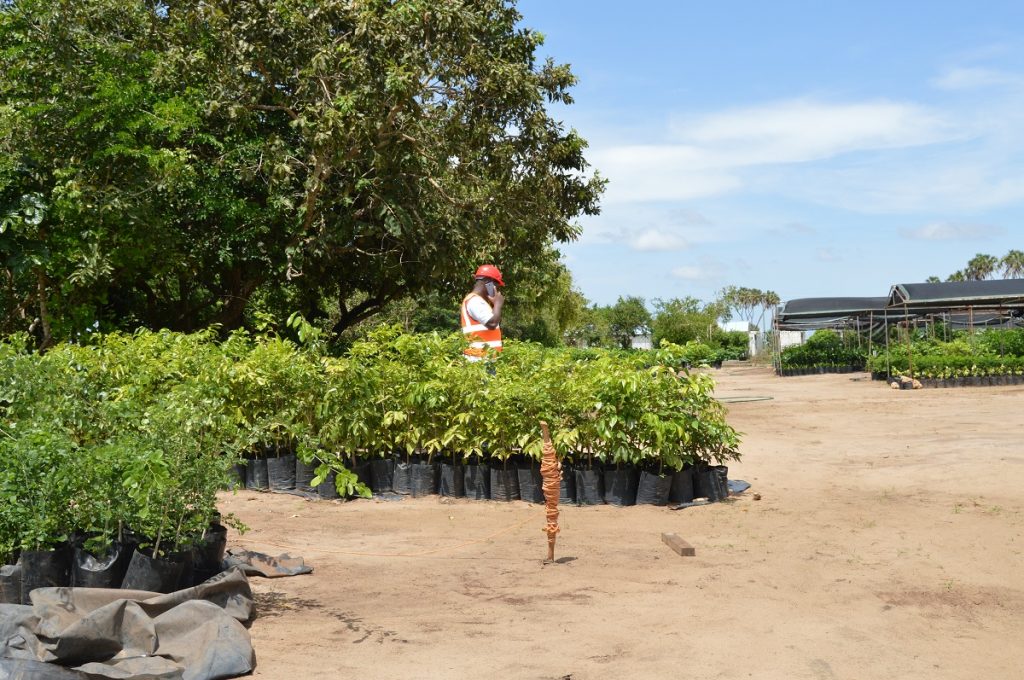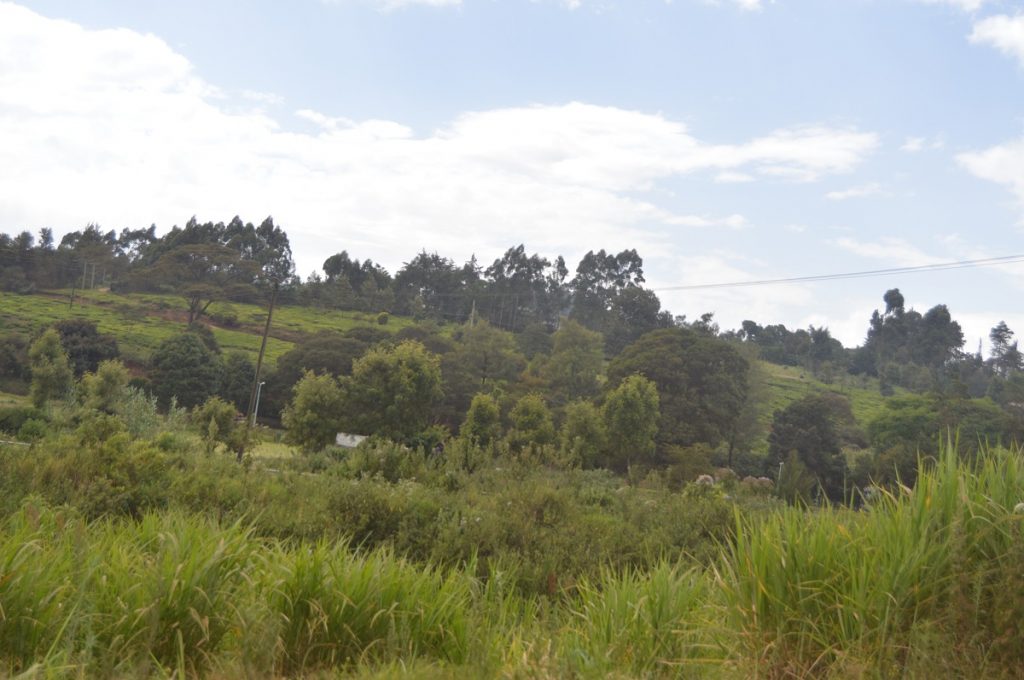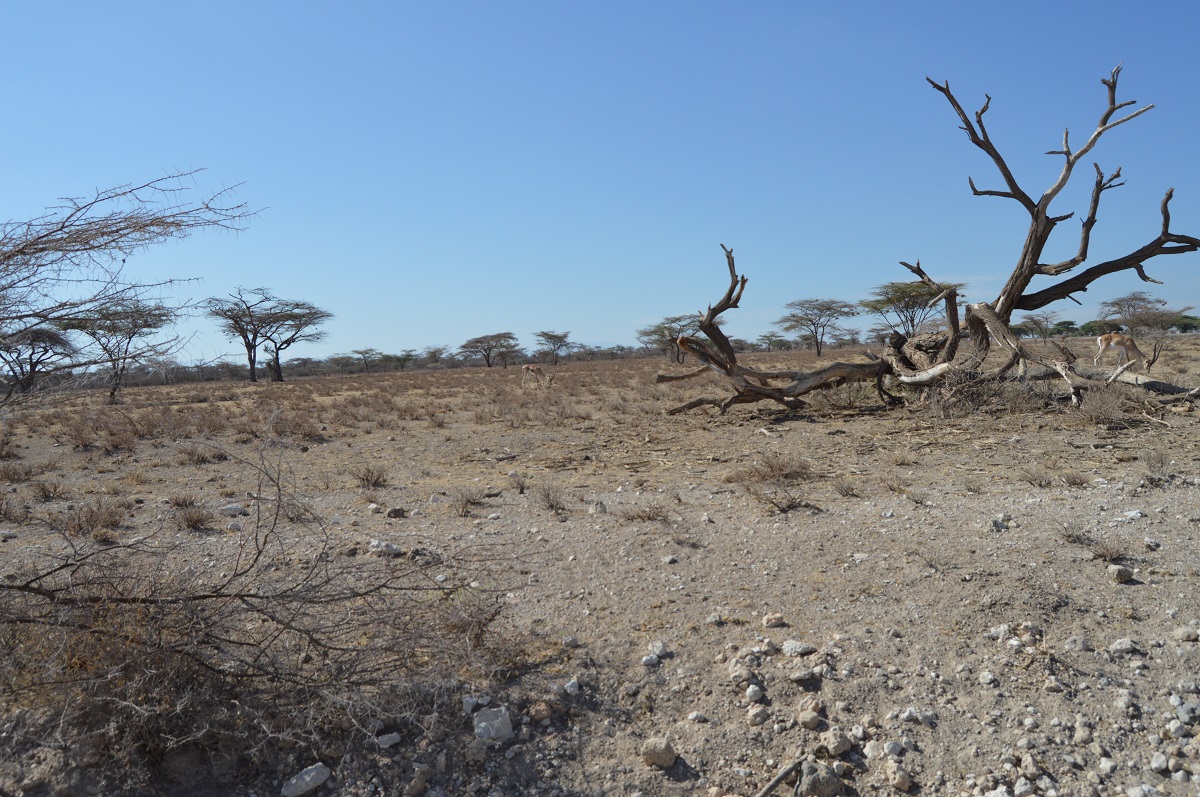All Kenyans have a right to access and use land and there are various options to make this possible. It can be through lease, as individuals, freehold and collective trusts. However, it is important to note that all trust lands will be converted to community land in line with the requirements of Community Land Act 2016.
Kenya is made up of territory and territorial waters. Kenya has an area of 582,646 square kilometers. According to the National Atlas of 2004, out of the total land in Kenya, 97.8 percent is dry land while 2.2 percent is water surface.
Article 260 of the Constitution of Kenya 2010 was exclusively dedicated to handle the issues of land in Kenya. This article gives a clear definition of land which happens to include marine waters in territorial sea as well as the airspace above land.
It is estimated that 20% of Kenyan land is classified as medium or high potential land while the rest of Arid and Semi-arid Land (ASAL). All forests and woodlands in Kenya are estimated to occupy 37,000 square kilometers of land.
The National Land Use Policy 2017 states that there is no land in Kenya which can be described as low potential. In fact even the ASAL areas can be used for tourism, research and film-making. Therefore, all land in Kenya can be used for various economic activities.
Kenya is divided into four main ecological and geographical regions: the Lake Victoria Basin, the coastal plain, the highlands and the arid low plateau. These regions receive varying levels of rainfall with the Lake Victoria Basin receiving the most consistent and heaviest amount of rainfall. Now, you know why areas like Kisii and Luo Nyanza it rains almost every afternoon!
The ASAL areas of Kenya are responsible for producing over 50 percent of livestock in Kenya. The area is also home to large numbers of wildlife in Kenya.
There are numerous laws which govern land use in Kenya. These are: the Constitution of Kenya 2010; Urban Areas and Cities Act, 2011; Community Land Act, 2016; Land Act, 2012; County Government Act 2012; Land Registration Act 2012; National Land Commission Act, 2012 and Land (Amendment) Act of 2016 among others.
Read More: Land registration process in Kenya
In Kenya, land is used for human settlement, range lands, wildlife, fishing, cultural sites, national reserves and forests among other uses. Data on land use in Kenya was produced by colonial masters and it has never been updated ever since. Currently, the few institutions which compile land use data do not disseminate it in the public domain.
Forest Cover
Kenya’s forest cover stands at 7.5 percent of the total dry land. This is far below the national standards of 10 percent or the international recommended forest cover of 30 percent. Forest Cover is being depleted by human activities such as farming, real estate development, mining and infrastructure development among others.

Availability of Land in Kenya
Speculative and hoarding of land in Kenya is the leading factor which has distorted the forces of demand and supply. There are Kenyans who own large tracts of land for speculative purposes hence they drive the land prices to the ceilings. This is keeping away land which could have been used for beneficial economic activities.
Contribution of land to Kenyan economy

Agriculture is the backbone of Kenya’s economy. It is responsible for 30% of the country’s Gross Domestic Product (GDP). It is further estimated that over 80% of Kenyans depend directly on agriculture as a source of livelihood.
Climate Change
Effects of climate change are largely affecting land use patterns due to unreliable rainfall, droughts, floods and rise in temperatures. These new changes have led to decline in agricultural productivity, migration and social disruption.
Read More: Meet Jackson Harvester Angaine, Kenya’s Minister of Lands and Settlement after independence.
Even range lands are also affected as a result of overgrazing and conversion of range land to crop farming. As a result of population surge, land has been sub-divided into uneconomic units hence leading for low food production and causing higher standards of living.

In Kenya, Climate change is hitting hard on pastoralists considering that it is leading to scarcity of water and pasture hence exposing these pastoralists to poverty and insecurity.
Read More: Community land Act 2016 Forum in Kapenguria
In order to address the effects of climate change, the government of Kenya has put in place the following measures: (source: National Land Use Policy P. 47).
- Identify and map disaster prone areas;
- Develop disaster awareness programs that sensitize the communities on best land use practices that incorporate disaster mitigation, incorporate climate change, adaptation and awareness;
- Promote the use of NEMA Guidelines on Hazardous and Disaster Management;
- Strengthen the capacity of institutions involved in climate change trends analysis and mitigation;
- Mainstream climate change curriculum in national education and values;
- Build and strengthen research capacity on climate change and related environmental issues;
- Prioritize land use for climate change mitigation activities
Other challenges facing land use in Kenya:
- Under-utilization of land more especially among large scale farmers in Kenya;
- Massive soil erosion as a result of poor land use practices and changes in climatic patterns;
- Abandonment of agricultural production due to poor infrastructure such as roads, financial services and marketing facilities;
- Human-wildlife conflicts
How industries use land in Kenya
Industries made a 10.3% to Kenya’s Gross Domestic Product in 2015 and provided employment to 13% of Kenyans. Kenya’s industries are agri-based in nature providing processing services for tea, milk, coffee and sugarcane among other crops.
Mining

Kenya produces minerals such as titanium, fluorspar, stones, soda ash and gemstone among others. The mining sector was responsible for contributing 0.9% of Kenya’s GDP in 2015. This is expected to change as a result of Kenya’s discovery of oil and gas in Turkana County as well as coal in Lamu and Kitui County. However, the exploitation of coal is facing stiff opposition from environmental activists in Kenya and abroad. They made a milestone when they won a court case which lead to a suspension of coal mining activities in Lamu. Kenya Vision 2030 projected that Coal would be one of the new sources of energy in Kenya by 2030. The Kenya Vision 2030 is the country’s long-term development blueprint which aims at “creating a globally competitive and prosperous country with a high quality of life by 2030.”
It is estimated that 52% of Kenya’s energy is generated hydro-power plants and hence there is need to generate power from other renewable sources such as solar and wind.
Read More: “Approximately 50% of Kisumu land is underutilized especially in the rural area,” CIDP 2018-2022
Use of land for Human Settlement
Kenyan government has expressed her commitments to international declarations such as Habitat Agenda and the Istanbul Declaration on Human Settlements. More recently the Jubilee Administration include the provision of 500,000 housing units as part of their legacy popularly known as ‘the Big Four Agenda.” The other items on this agenda include: food security, Universal Healthcare Coverage and manufacturing.
Read More: The Community Land Act of Kenya 2016
The right to access adequate housing in Kenya is still faced by many challenges which include: high cost of land, high cost of construction materials, poverty, unemployment and inadequate skilled manpower to provide construction services.
Socio-cultural Aspects of Land
Kenyans have a sentimental and cultural attachment to land use and ownership. It is their right, personal achievement, autonomy and expression of identity.
“For indigenous Kenyans, land has an important spiritual value, for it is not merely a factor of production; it is first and foremost the medium which defines and binds together social and spiritual relations within and across generations. Land belongs to a vast family of which many are dead, few are living, and countless members are still unborn,” Njonjo Commission Report 2002:19.
The National Land Policy 2017 recognizes the fact that cultural and physical survival of indigenous communities and minority groups depends on the protection of their resources which includes land. However, this is not the case considering that indigenous communities have experienced forced evictions from their sacred sites and traditional lands. It further states that land rights and natural resource management are critical for indigenous communities both in Kenya and globally.
Land Tenure Systems
In Kenya land is public, private or community. There is unequal patterns of land distribution in Kenya.
Community land in Kenya is associated with benefits such as ability to access land for the poorest in a community. However, there are challenges associated with community land such as: cannot use community land as collateral for credit hence this is a barrier to economic empowerment and social mobility for occupant of community land.
Read More: What happens when a community land lease expires?
Private land ownership also has challenges such as holding land for speculation purposes hence shooting land prices. Speculation also has a negative impact on agricultural production. There are also cases of encroachment and land grabbing across the country due to private land ownership.
The government of Kenya is increasingly encouraging the development of wildlife sanctuaries as well as conservancies as one of the ways to reduce human-wildlife conflicts.
The Kenya National Land Use Policy states that: “Squatting, or the illegal occupation of public land that often leads to unsustainable land development shall not be permitted.”
Further, the National Land Use Policy States that protected areas such as water towers, national heritage, wetland forests, land with fossil fuels and marine waters shall not be allocated for private development or de-gazetted.
Land Taxation
Owners of freehold land are required by Kenyan laws to pay land tax while lease holders pay rent.
Question for you
Do you agree with the traditional perceptions that each person must own a piece of land? Answer in the comments section below.
References
Government of Kenya (2017). Sessional Paper No. 1 of 2017 on National Land Use Policy.
Kenya Vision 2030
Njonjo Commission Report 2002
2 thoughts on “Facts about Land in Kenya”
Comments are closed.



Very informative writing. Now each person must not own a piece of land. Families are growing and subdivisions of the already minute pieces of land is going to become nearly impossible. Nature will be forcing us back to communal land ownership
Yes, land sub-divisions to uneconomical units is a big problem. It needs to stop immediately.